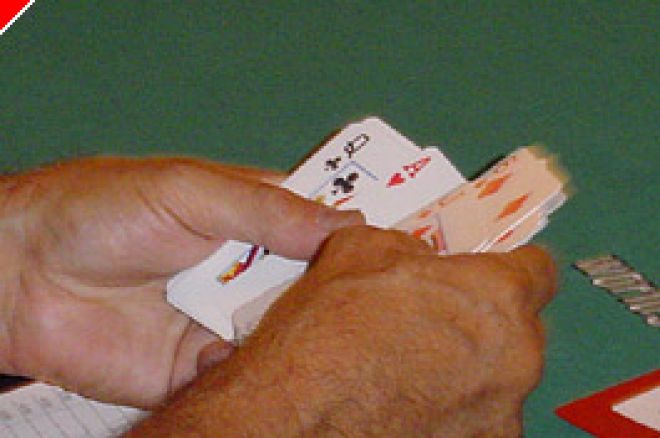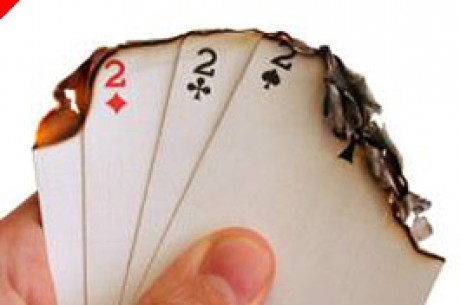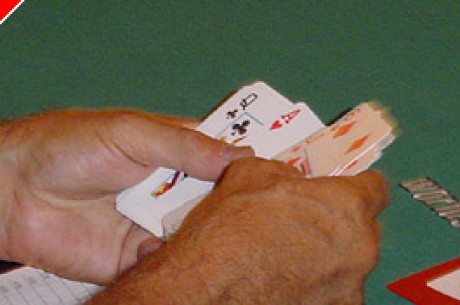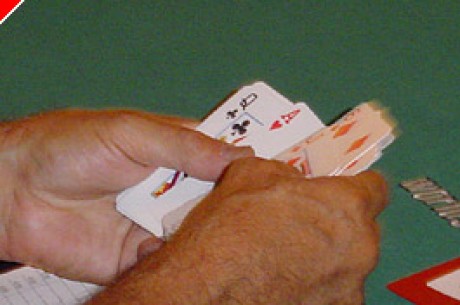Stud Strategy - Poker Islands

There are no public poker room on the Outer Banks of North Carolina. And it's painfully tough on vacationing poker players �C because none of the locals will let you into their private games. I know. I used to spend two weeks each summer down and around Avon, Buxton, Cape Hatteras and Ocracoke North Carolina. I never could get into a game there.
But the islands that make up the beautiful Outer Banks are a wonderful metaphor for poker game trends �C especially stud poker games.
These islands are always changing. As hurricanes and other storms buffet their shores, the sands shift drastically. Beaches that were long and wide one summer, retreat to narrow strips of sand the next, as mighty currents and huge waves act as earthmovers. An extreme example of this occurred one hurricane-plagued year when the Atlantic Ocean actually split Hatteras Island in two �C creating more beach-front property than anyone had ever dreamed of �C or wanted.
Indeed, the only thing constant about a barrier island is the its shifting contours every season. So too, I've noticed in the last few years, with the quality and quantity of 7-card stud and no limit hold 'em games.
Back before 2003, 7-card stud games used to be the norm in all eastern casinos. They used to be plentiful, if not dominant, in the west as well. Hold 'em, where it was played, was almost always a limit affair. No limit was reserved for a few high rollers and for the tournament player.
No limit hold 'em burst onto the public card room scene about four years ago with the televising of the World Poker Tour. Prior to that, it was an infrequent casino game at best, usually played in tournament format, if at all, in public card rooms. The games tended to be very tough �C made up of the most seasoned and deep-pocketed of players.
Stud games, by contrast, came in all sorts of varieties. In the east, there were many, many terrific games. In the west stud games tended to be tougher �C since those who first entered the casinos out there tended to be hold 'em players. The stud players tended to be stronger veterans, who had grown up with stud as their game and were winning players.
When the card rooms started spreading no limit hold 'em in earnest, the bulk of the games tended to be of a lower stake variety �C either a $1/2 blind $100 maximum buy-in game, a $2/5 $500 maximum buy-in or a $5/10 blind, no maximum buy-in game. The biggest games were still spread occasionally. But most of the games tended to be these more affordable ones.
All of the games, excepted for the biggest ones, tended to be fantastic. When these games first started to be spread �C and for a good two years or so �C the vast majority of the players didn't really know how to play no limit hold 'em. They tended to be very timid and passive or very wild or both. True, there were a few excellent players mixed in. But there were no more than one or two good players for each $2/5 or $5/10 blind game �C and often no good players at any particular lower stakes table.
Curiously, the stud games, especially the mid-limit stud games, tended to get tougher �C where they survived at all. In my home casino of Foxwoods I noticed that the $20/40 games that I usually played in, were filled with better players. The poor ones and the borderline ones, for the most part, departed for hold 'em or, as the games continued to stay tough, left altogether.
For two years my win rate at Foxwoods declined from roughly 2 large bets an hour to .85 large bets an hour. My play, I think, was pretty steady. So I attribute this to the increased skill of my opponents.
In the past eighteen months, however, I've noticed another trend. I've noticed that the stud games are getting better. The very best mid-limit stud players have, for the most part though not entirely, gone on to play no limit hold 'em. They're not dabbling in it any more. They're playing full time. And they're doing quite well it seems �C because they haven't returned. Weaker players, who had turned to hold 'em for a while, have beat a retreat back to the comfortable confines of the stud tables, having had their hat handed to them and their wallet taken from them in the increasingly tough waters of mid limit no limit hold 'em. And so my stud game tends to be filled with those who couldn't succeed at or who never wanted to play no limit hold 'em
The quality of a poker game, like a barrier island, is not static. That's why I always chuckle to myself when I'm asked how the games tend to be in any particular card room. As time goes on, good games tend to change into not-so-good games and bad games tend to get better. I'm glad to see the changes to stud in my casino trending toward better games. I hope it lasts.
Unlike the shifts to the contours of the barrier islands, there is something you can do about the changing nature of the poker games you're playing in. You can adjust.
First of all, you need to keep up-to-date and meticulous records on the game and on the players you're competing against. Be ready to acknowledge when the game is getting too tough to beat; be flexible enough to move to a different game; and be aware enough of your own limitations not to stubbornly refuse to leave a bad game just because you're stuck. Otherwise, you could end up stranded on an island without anyone still remaining whom you can beat.
Finally, you need to use all of your poker networking skills to find good local home games. I've found them to be plentiful right now. No one has decreed that serious players have to make their money in casino or on line games. Find the good private games, figure out where the worst players are, and make money there.








